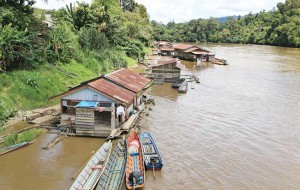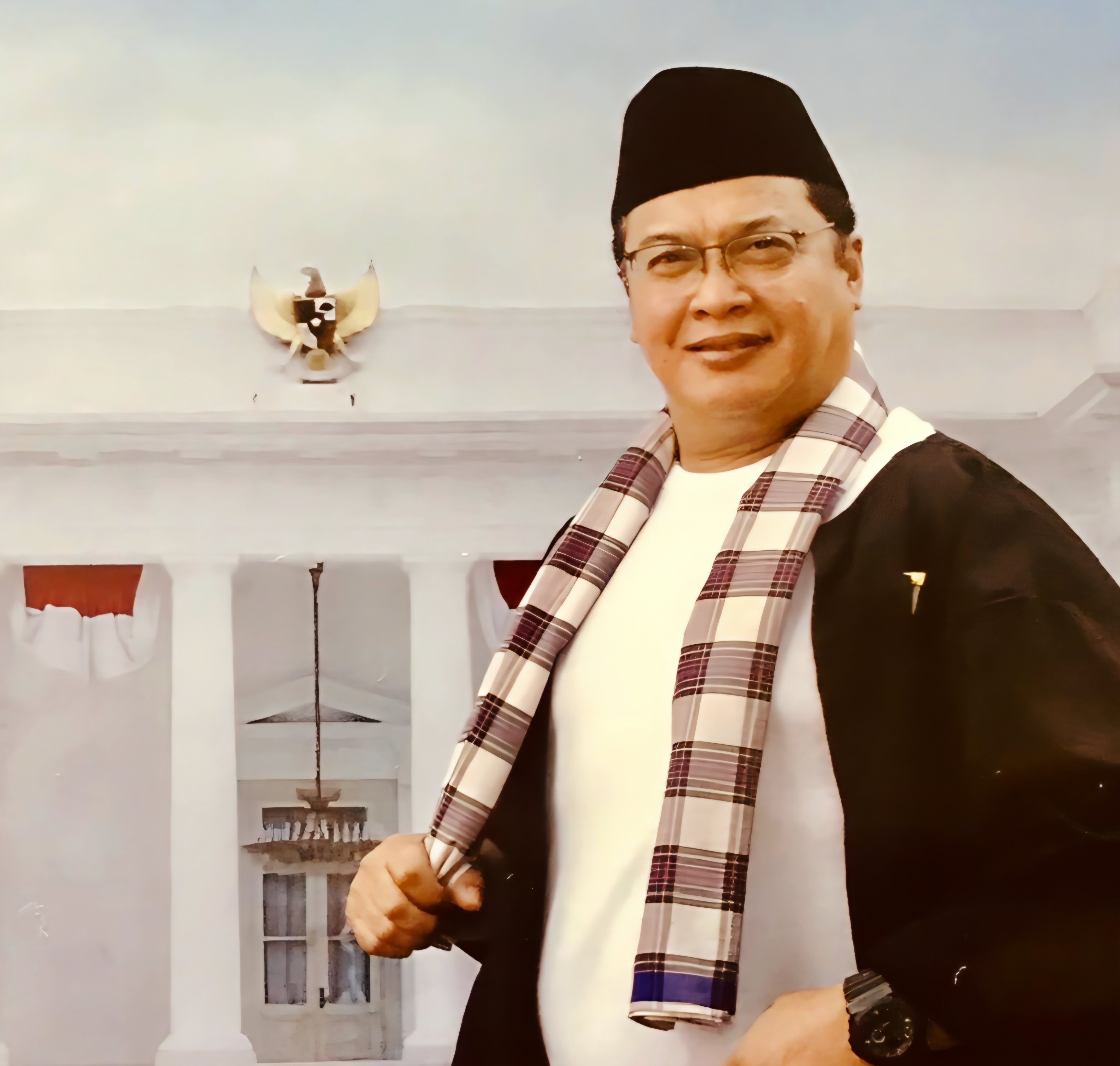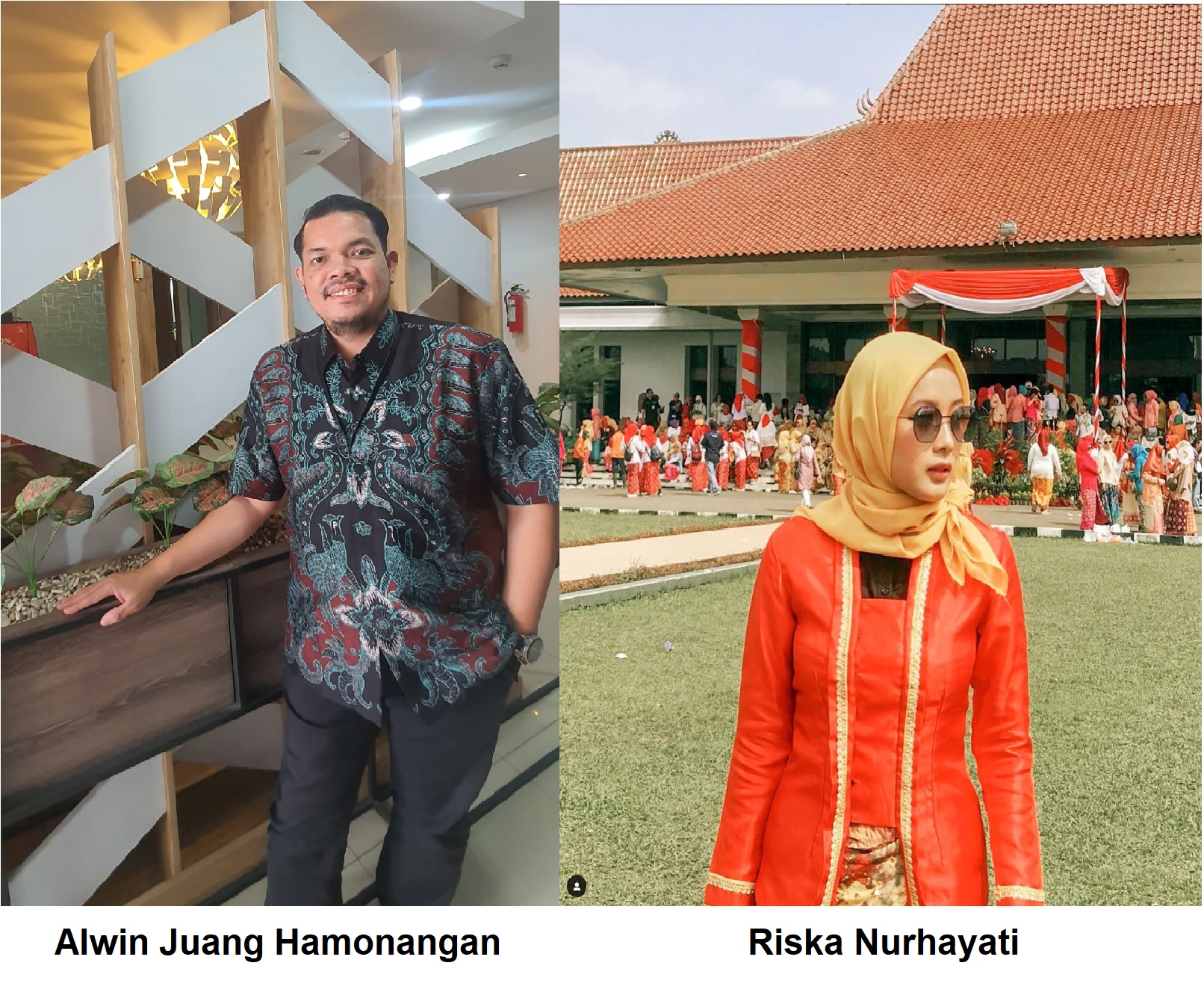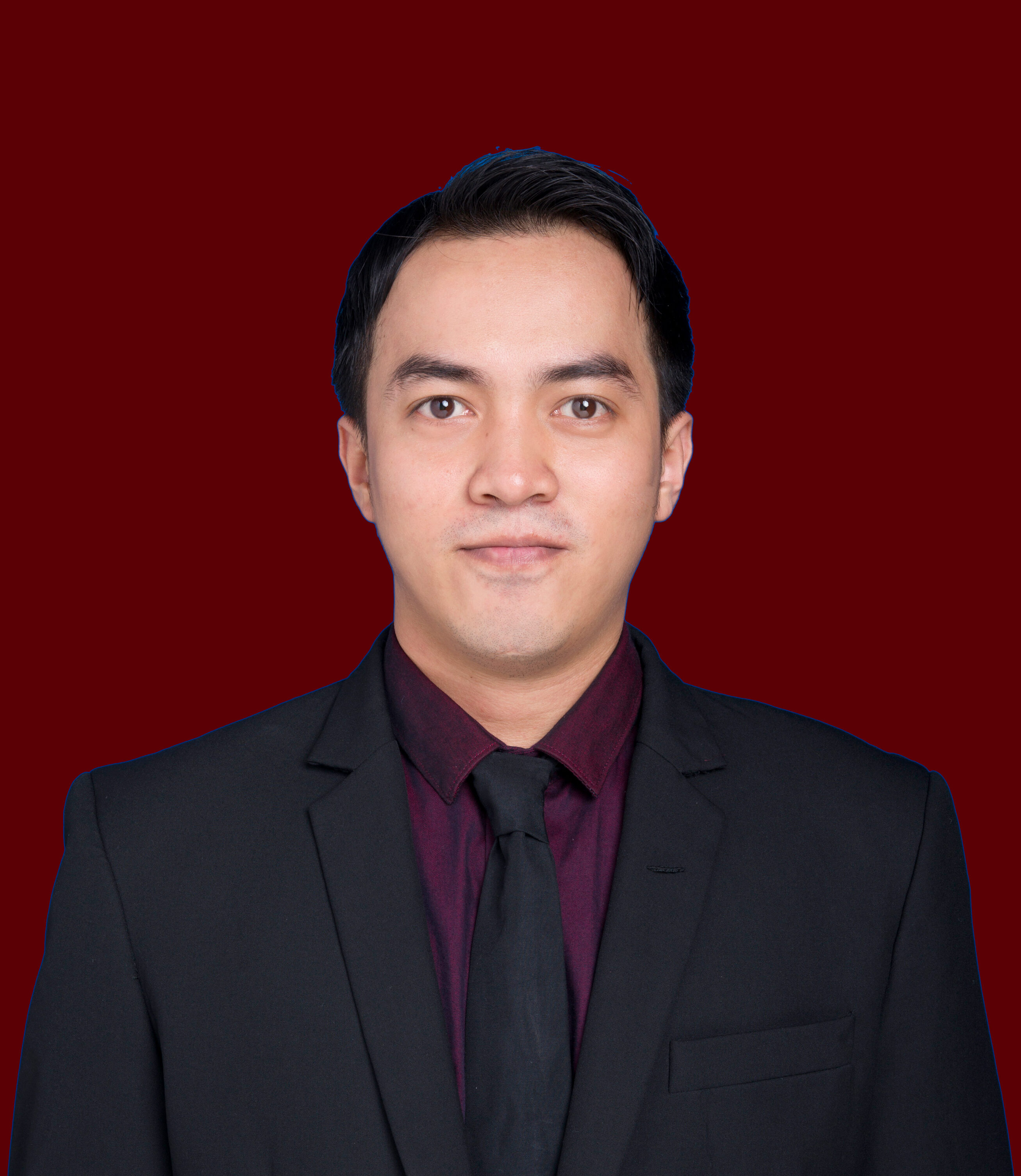Moving From MDGs to SDGs in Indonesia
The year 2015 is undoubtedly a milestone year for all human development stakeholders across the globe. it marks a critical junction between the deadline of the Millennium Development Goals (MDGs) and the adoption of a new globally-agreed set of human development goals, officially known as the Sustainable Development Goals (SDGs). Last September, this United Nations-initiated set of 17 development goals was officially adopted globally to be achieved by 2030.
It has become increasingly clear that some of the MDG targets may be missed by their due date at the end of 2015. Yet, the 15-year span of the MDG implementation, since their universal adoption in 2000, offers a great deal of lessons learned, which, if harnessed effectively, may provide substantial leverage for meeting the SDG targets by 2030.
Learning from past efforts
From this perspective, governments, civil society groups, the private sector, academia and the philanthropic community — all key SDG stakeholders — are fortunate to have much-needed weapons in their arsenal to bring an end to the extreme poverty, which is the primary target in the SDGs.
In fact, putting the lessons learned from the MDGs to good use has been well reflected in the new development agenda itself. The SDGs aim, among others, to address what the MDGs had said little or nothing about, but which is nonetheless crucial to the successful implementation of a human development framework in the future. And, yet, at the same time, the new framework builds on the successful implementation of the MDG framework thus far.
However, the critical testing ground to testify that we have fully benefited from our experiences lies with how we plan to implement the newly-agreed development agenda.
Any entity, be it government, civil society or the private sector, working at the implementation level for a human development program, would realize that a heightened level of commitment on the part of development stakeholders plays a more crucial role than any prescriptive narrative spelled out in the goals and targets.
A well-conceived development program owes much of its successful implementation to the enduring commitment of development actors and its means of implementation.
The frequently cited problems encountered on the ground, such as a lack of coordination, a ‘silo’ way of thinking, incoherent policy patchworks, and mismanagement of resources usually go hand in hand with a business-as-usual approach by those responsible for achieving the agreed targets.
The SDG framework will not go far enough toward meeting all goals and targets if a robust mechanism of accountability is not put in place. The MDGs proved to have some important leverage in their implementation, and this, to some extent, has to do with how pressure has been put on governments to meet the targets they had committed to.
Yet, the MDGs would have fared much better if they have had a strong accountability mechanism in place to hold both state and non-state development actors to account.
Indonesia’s experiences
Indonesia’s experience with the MDG achievement offers plenty of material we can learn from. Even though some of the MDG targets related to maternal and infant mortality as well as HIV/AIDS in Indonesia will not be met, Indonesia has notched impressive gains in the MDGs.
Moreover, the commitment to meeting the MDG targets by 2015 has had the beneficial effect of providing a major boost for the country to meet its own national development goals as outlined in the national mid-term and long-term development plans.
Taking stock of what this country has performed over the past 15 years to meet the MDG targets would offer ample opportunity for the relevant development stakeholders to be better equipped to meet the SDG targets.
Mainstreaming of the MDGs into the national development plan has been a major driving force in helping the country realize these global development goals. The successful implementation of the MDGs could, to a great extent, be chalked up to the fact the MDGs are fully integrated across our own development goals.
Ultimately, the MDGs have been viewed as our own development goals, rather than an external entity superimposed on our own development plan.
Gathering development actors
Translating commitment into a legal framework to guide the MDG implementation has proved to be critically important. The presidential instruction on the Equitable Development Program, which necessitated the acceleration of the MDG achievement, issued by former president Susilo Bambang Yudhoyono in 2010, played a catalytic role in this endeavor. It brought together all development actors nationwide under an overarching legal framework to speed up the effort to meet the MDG targets by 2015.
Eventually, the future national campaign for the SDGs could be benchmarked against the MDGs in a number of areas.
The efforts by MDG stakeholders to make the framework workable at the community level across the country could serve as a point of reference for the SDG stakeholders in planning out their approaches.
Similarly, the unprecedented level of cross-sector partnerships between the government and a vast array of non-government stakeholders forged during the MDG period should be emulated and pushed even further by the new development stakeholders.
The agreed indicators of the SDGs, which complement their goals and targets, will be not finalized until March 2016 by the United Nations. But it is essential for national development actors to come up with a well-thought-out roadmap for achieving the SDGs as early as possible.
*) Gordon B. Manuain worked for the Presidents Special Envoy on MDGs from 2010 to 2014.









